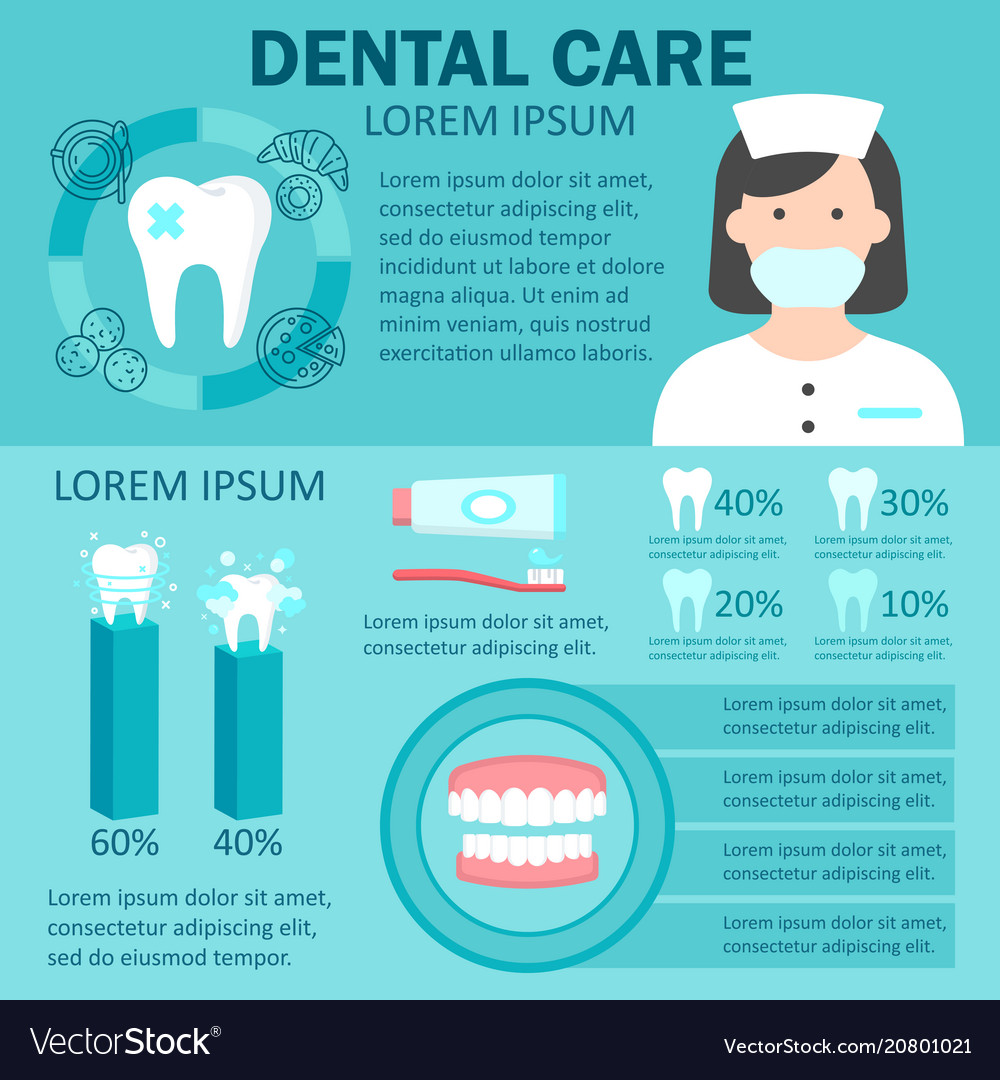The Future Of Dental Surgery: Technologies And Breakthroughs Forming The Field
The Future Of Dental Surgery: Technologies And Breakthroughs Forming The Field
Blog Article
Team Writer-Johannsen Schultz
Invite to the world of dental surgery, where innovations and breakthroughs are forming the future of the area! In this exciting world, you'll witness the transformative power of robotics, the advanced marvel of 3D printing, and the game-changing influence of minimally invasive techniques.
The future of dental surgery holds a promise of precision, performance, and enhanced individual outcomes. With the help of sophisticated robotics, doctors are able to execute complex treatments with greater precision and control.
3D printing technology is transforming the creation of dental implants and prosthetics, supplying tailored remedies that fit perfectly right into each client's special anatomy.
Furthermore, minimally intrusive methods are lowering post-operative pain and recuperation time, enabling patients to return to their day-to-days live faster.
Prepare yourself to discover the amazing advancements and developments that are improving the landscape of dental surgery!
Advancements in Robotics
One major development in oral surgery is using robotic modern technology, which enables exact and effective operations. With the help of robotic systems, oral specialists have the capability to do complicated surgical procedures with improved precision, lessening the danger of human error.
These robotic systems are furnished with sophisticated imaging modern technology and exact tools that make it possible for surgeons to navigate with detailed anatomical structures easily. By making use of robotic technology, cosmetic surgeons can achieve higher surgical accuracy, resulting in improved client outcomes and faster recuperation times.
On top of that, the use of robotics in dental surgery allows for minimally invasive treatments, reducing the trauma to bordering cells and advertising faster healing.
3D Printing in Oral Surgery
To improve the area of oral surgery, you can discover the subtopic of 3D printing in oral surgery. This ingenious innovation has the prospective to revolutionize the method dental surgeons operate and treat people. Below are 4 crucial methods which 3D printing is shaping the field:
- ** Personalized Surgical Guides **: 3D printing allows for the development of very precise and patient-specific medical guides, enhancing the precision and performance of procedures.
- ** Implant Prosthetics **: With 3D printing, oral specialists can create tailored dental implant prosthetics that completely fit an individual's unique anatomy, resulting in better end results and person complete satisfaction.
- ** Bone Grafting **: 3D printing allows the manufacturing of patient-specific bone grafts, minimizing the need for conventional grafting methods and improving healing and recovery time.
- ** Education and learning and Training **: 3D printing can be utilized to develop reasonable medical models for academic purposes, permitting oral surgeons to practice complicated treatments prior to doing them on people.
With look here to improve accuracy, modification, and training, 3D printing is an amazing advancement in the field of dental surgery.
Minimally Invasive Techniques
To better progress the field of dental surgery, accept the possibility of minimally intrusive methods that can substantially profit both specialists and patients alike.
Minimally invasive techniques are transforming the area by reducing surgical injury, lessening post-operative pain, and accelerating the healing process. These techniques include using smaller lacerations and specialized instruments to perform treatments with accuracy and effectiveness.
By utilizing advanced imaging innovation, such as cone beam of light computed tomography (CBCT), cosmetic surgeons can accurately intend and implement surgical procedures with very little invasiveness.
Additionally, using lasers in dental surgery enables exact tissue cutting and coagulation, causing lessened bleeding and decreased recovery time.
With minimally intrusive methods, patients can experience faster recovery, lowered scarring, and enhanced end results, making it an essential aspect of the future of dental surgery.
Final thought
So, as you can see, the future of oral surgery is exceptionally promising, with interesting developments and developments forming the field.
From the improvements in robotics to the use of 3D printing and minimally invasive strategies, oral doctors are transforming the method they offer care.
While some may stress over the prospective cost associated with these innovations, it is essential to keep in mind that these modern technologies inevitably boost client end results and minimize recovery time, making them well worth the investment in the long run.
